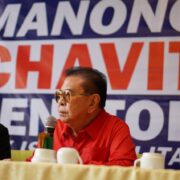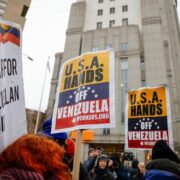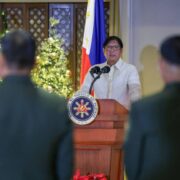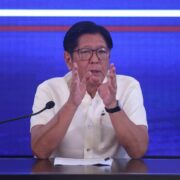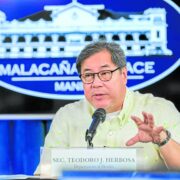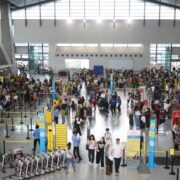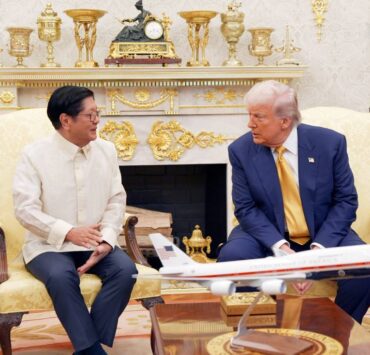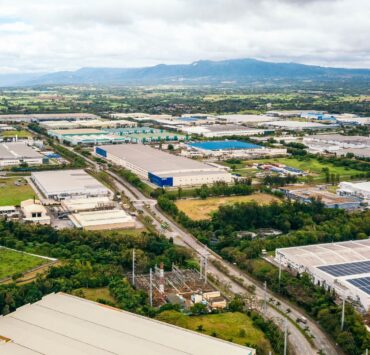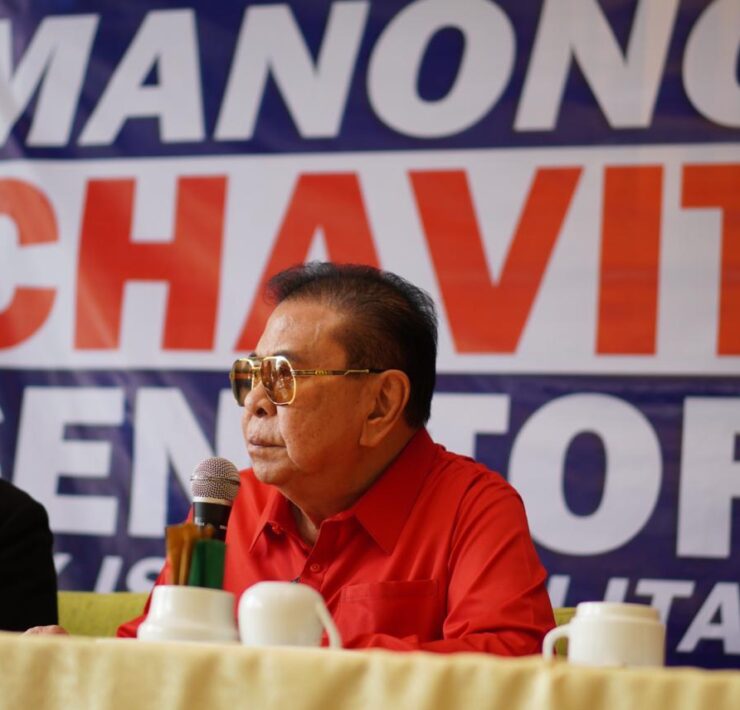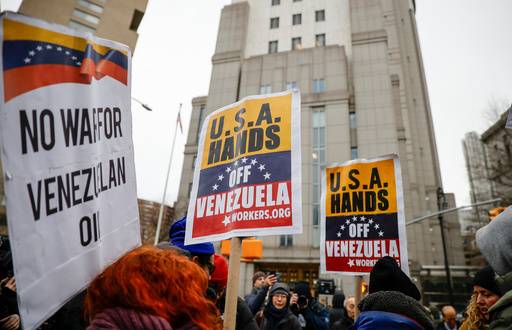Marcos gets 1-pt cut in tariff talks with Trump
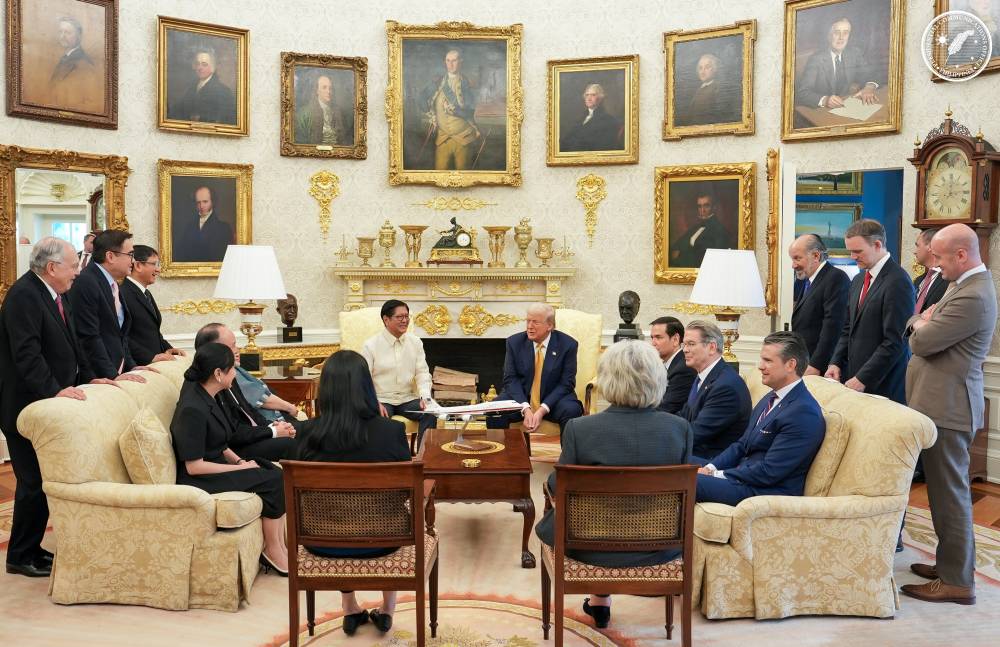
WASHINGTON—President Marcos, whom US President Donald Trump called a “very tough negotiator,” failed to bargain for a much lower tariff rate for the Philippines, with Manila likely to shoulder a bigger burden than before.
Mr. Marcos, following an official meeting with Trump, announced on Tuesday a reduction of the US tariff rate on Philippine goods to 19 percent from 20 percent.
Analysts, however, said this is a “modest gain” that will cost the Philippines more and comes with considerable concessions.
The new tariff rate is also much higher than the initial 17-percent rate announced in April, as well as the 10-11 percent that Finance Secretary Ralph Recto earlier said should be the Philippines’ target. Recto made the statement on Monday shortly after Washington announced that it had lowered the tariff rate on goods from Indonesia to 19 percent from 32 percent.
Second-lowest in SEA
“I can already tell everyone, as it’s come out already, that we managed to bring down the 20-percent tariff rate for the Philippines to 19 [percent],” Mr. Marcos said, referring to Trump’s post on his Truth Social account posted just minutes prior.
The President met with Philippine-based journalists on Tuesday afternoon (Washington time), shortly after his bilateral meeting with Trump that lasted about an hour.
“Now, one [percentage point] might seem like a very small concession. However, when you put it into real terms, it is a significant achievement,” he added.
In turn, the Philippines offered an open market to the United States and zero tariffs on certain goods that have yet to be announced.
The revised tariff rates places the Philippines, alongside Indonesia, with the second-lowest in Southeast Asia (SEA). Singapore, which has a bilateral Free Trade Agreement with the United States, has the lowest at 10 percent. US tariffs for other Southeast Asian countries range between 19 percent and 49 percent.
‘Significant concessions’
“When we arrived in Washington, tariff rates were 20 percent. So why they came up from 17 percent to 20 percent is an internal matter with the United States government,” Mr. Marcos said. “We tried very hard to see what we can do and we managed a one [percentage point] decrease in tariff rates.”
The White House’s move to cut the tariff by one percentage point could lead to around $121 million in annual savings for US importers, said Wendy Estacio Cruz, research head at Unicapital Securities Inc.
“For key sectors like electronics, which account for around half of the total exports, that translates to reduced duties,” Cruz told the Inquirer.
But the deal came with what analysts call “significant concessions” to the United States: the Philippines will open the automobile market, meaning American products entering Manila under this category will no longer be taxed.
Additionally, Mr. Marcos said the Philippines would have to import more soy, wheat and pharmaceutical products from the United States as part of their negotiation.
He noted that there were “still a lot of details” that need to be ironed out in terms of other products that could potentially be affected by the deal, the details of which have yet to be made public.
Modest gain
Asked whether the Philippines got the short end of the stick, the President said, “Well, that’s how negotiations go.”
Malacañang has downplayed the new tariff rates, saying it will have minimal effects on the country’s economy.
“Based on records, the Philippines is not dependent on US exports. In other words, there is an effect, but its impact on the country is not that significant,” Undersecretary Claire Castro, Palace press officer, said in a virtual briefing on Wednesday.
Cruz, however, pointed out that while Mr. Marcos’ US visit can be “politically spun as progress, economically, it’s a modest gain at a relatively high cost, unless it leads to deeper trade liberalization down the line.”
The United States, its sole treaty ally, accounts for 16.6 percent of total exports in 2024, translating to $73.27 billion in export sales. This makes the United States the Philippines’ largest export destination, followed by Japan (14.1 percent), Hong Kong (13.2 percent) and China (12.9 percent).
The Philippines also exports to America more than it imports US goods, resulting in a trade surplus of $4.9 billion as of last year.
Increasing imports from the United States is meant to offset this deficit, according to Mr. Marcos.
But Jonathan Ravelas, senior adviser at Reyes Tacandong & Co., stressed that the imbalance “undermines fair trade and places Philippine exporters at a competitive disadvantage.”
“Reciprocity is key to sustainable bilateral trade,” Ravelas said in a text message.
He recognized that the Philippines may become a “dumping ground” for US goods, but this could also hurt domestic industries unless protective measures are introduced.
A win for US
Before their negotiation, Mr. Marcos and Trump briefly met with Malacañang and White House reporters at the Oval Office, the formal working space of the US president.
Trump called his Filipino counterpart a “very tough negotiator.”
“In fact, I used to like him better than I do now, he’s too tough … He loves your country,” the Republican president said in jest when asked whether they would reach a trade deal.
Trump announced a trade framework with Japan also on Tuesday, placing a 15-percent tax on goods imported from that nation.
Earlier this month, he sent a letter threatening the 27 European Union member states with 30 percent taxes on their goods to be imposed starting on Aug. 1.
Washington is set to hold another round of trade talks next week with China, whose goods are taxed a minimum 30-percent rate.
The American leader is eager to portray the tariffs as a win for the United States. His administration says the revenues will help reduce the budget deficit and more factories will relocate to America to avoid the import taxes and cause trade imbalances to disappear. —WITH A REPORT FROM DEXTER CABALZA AND AP





